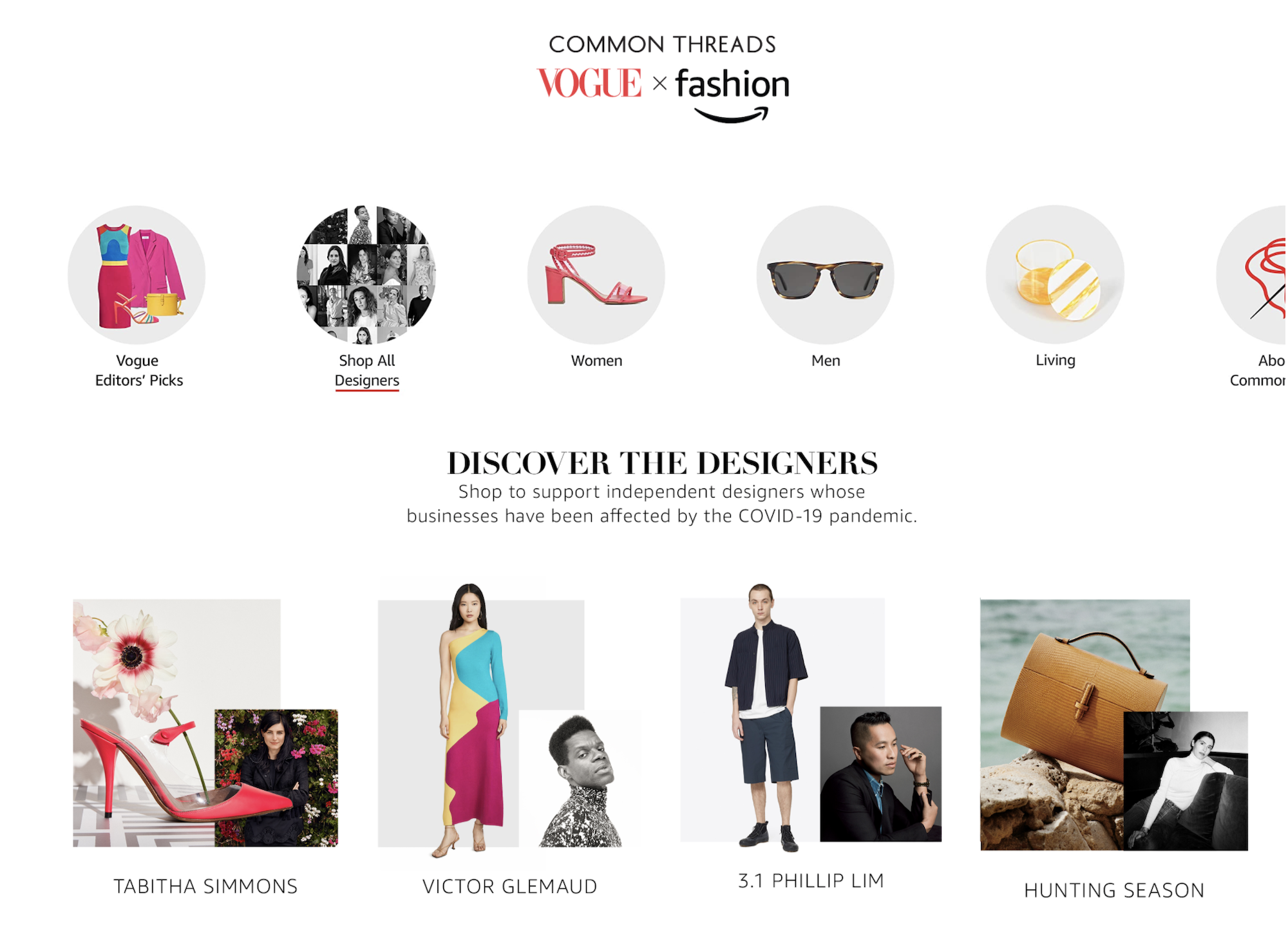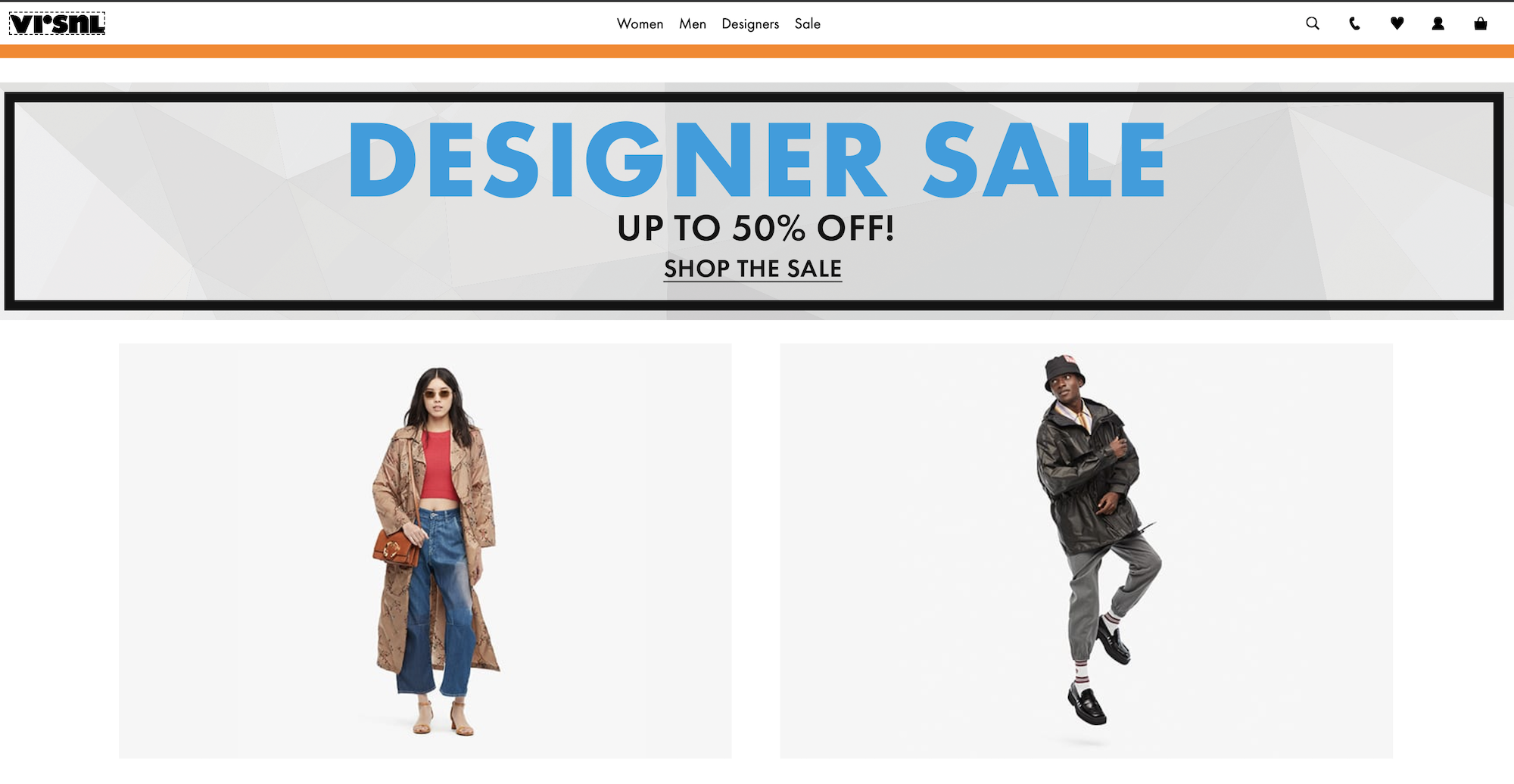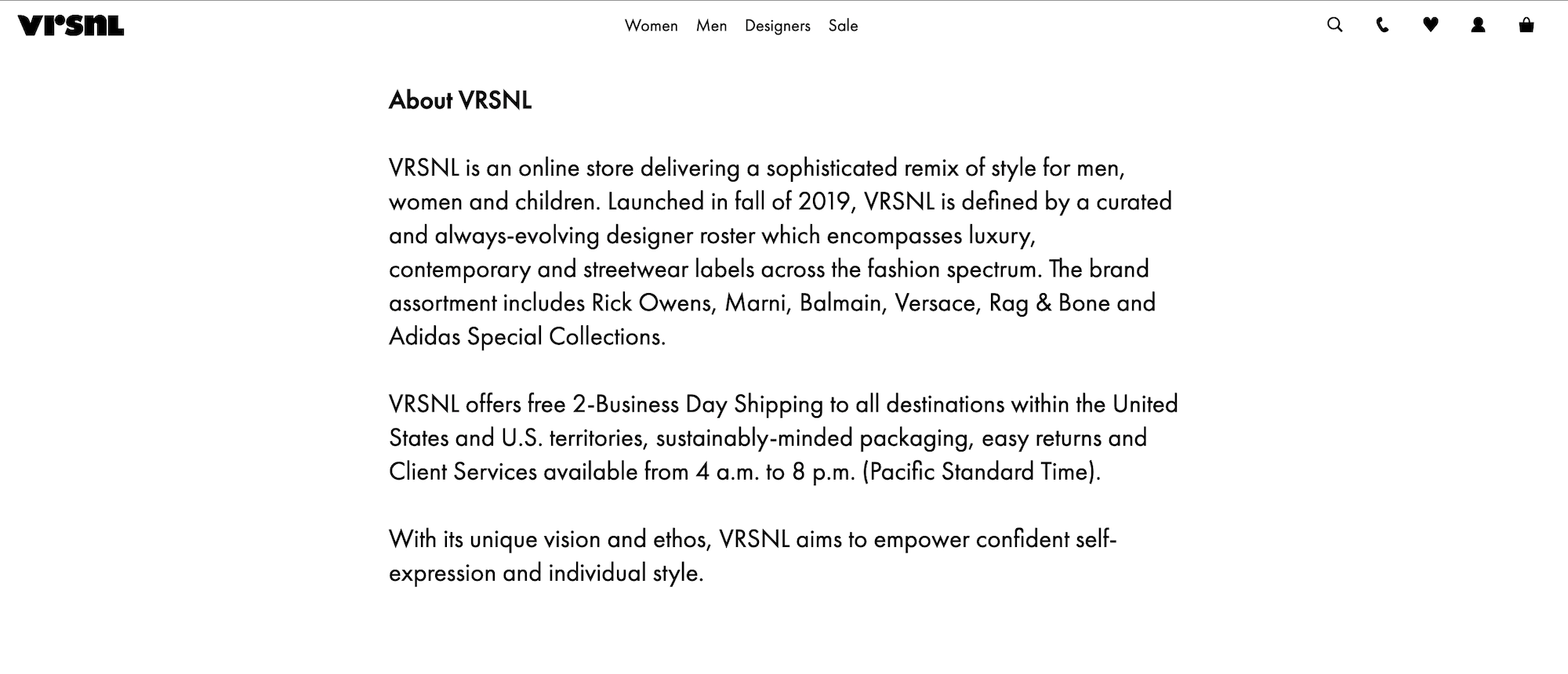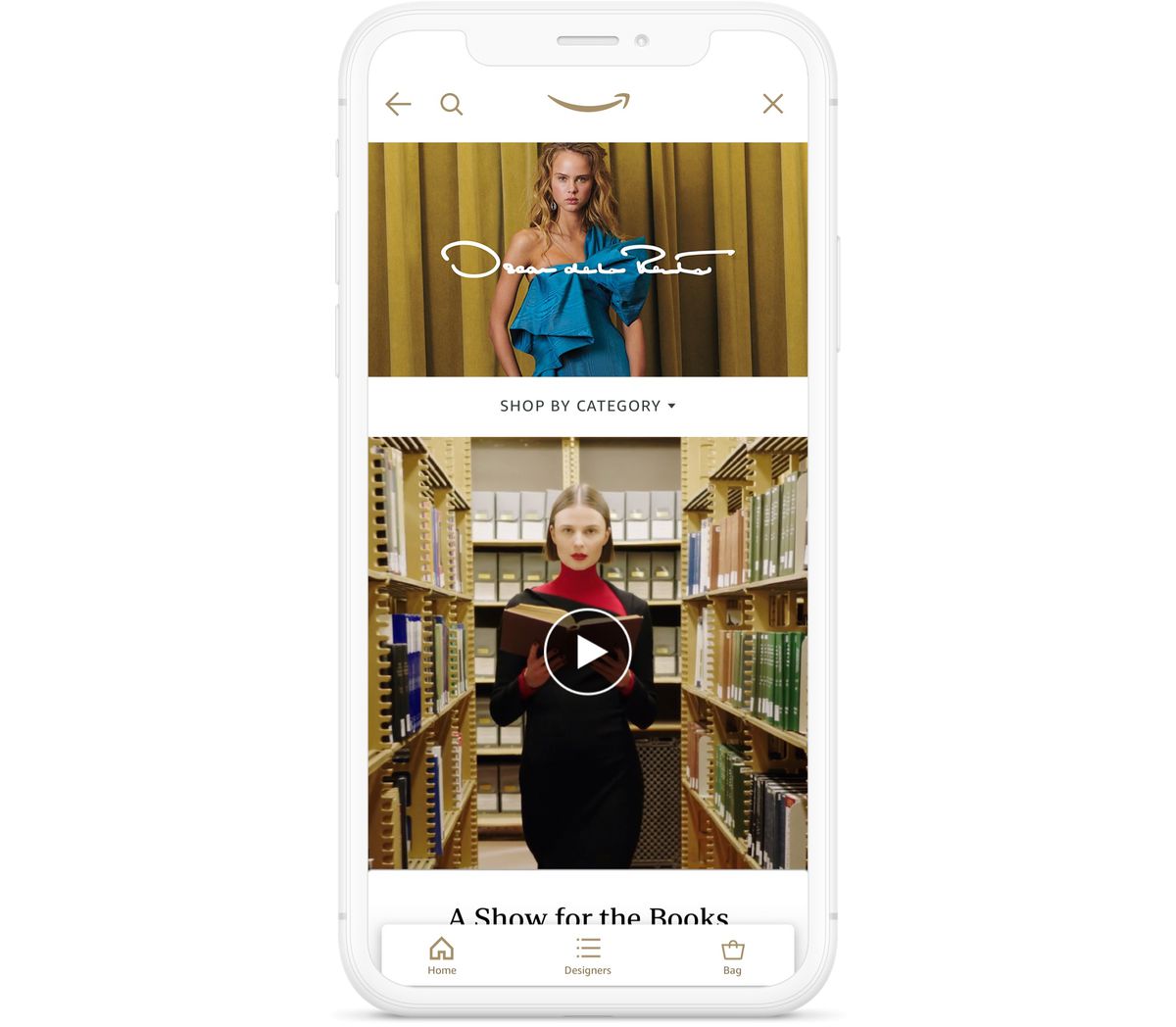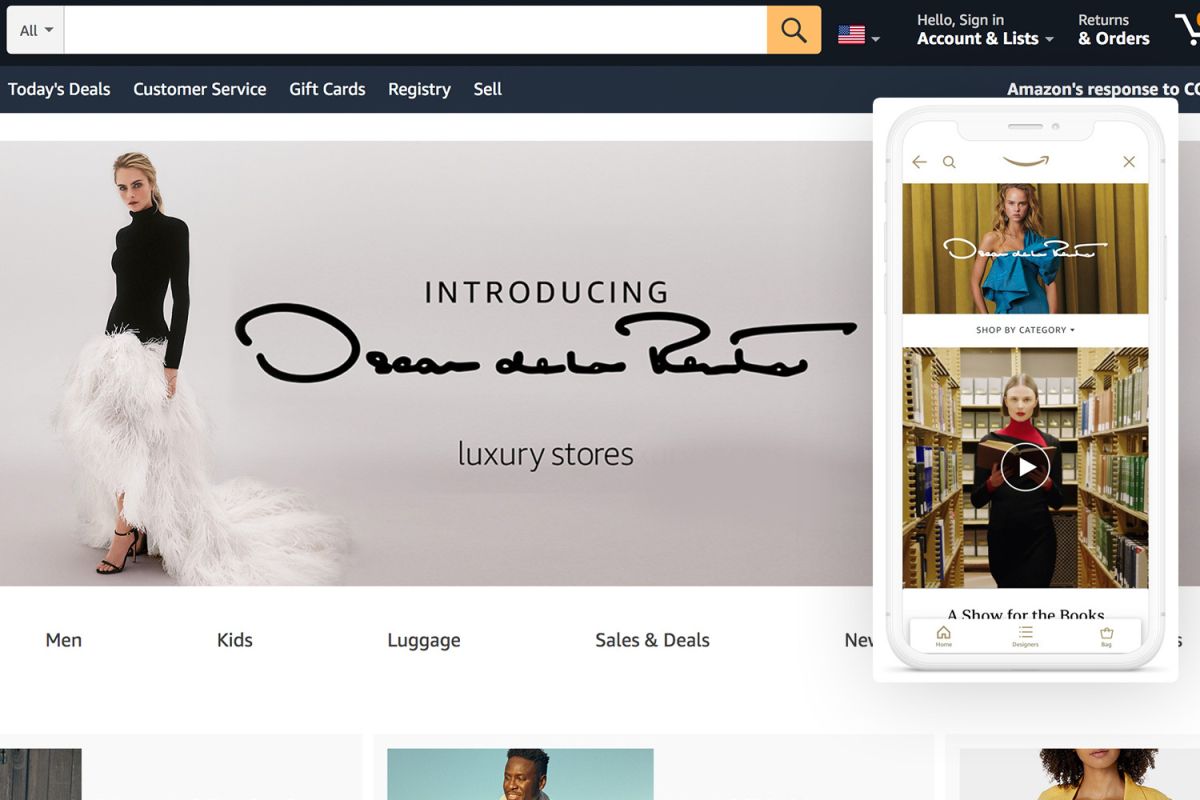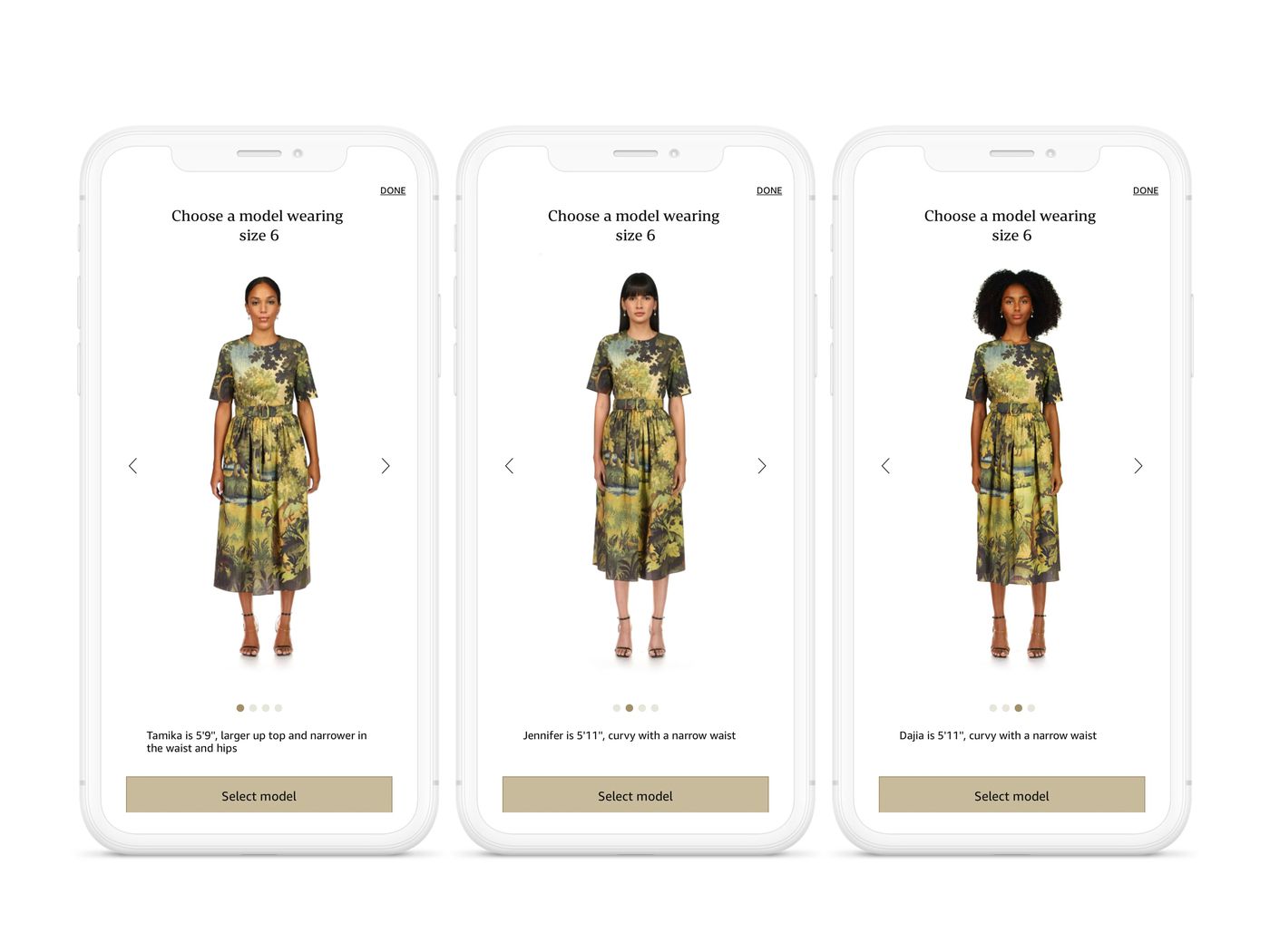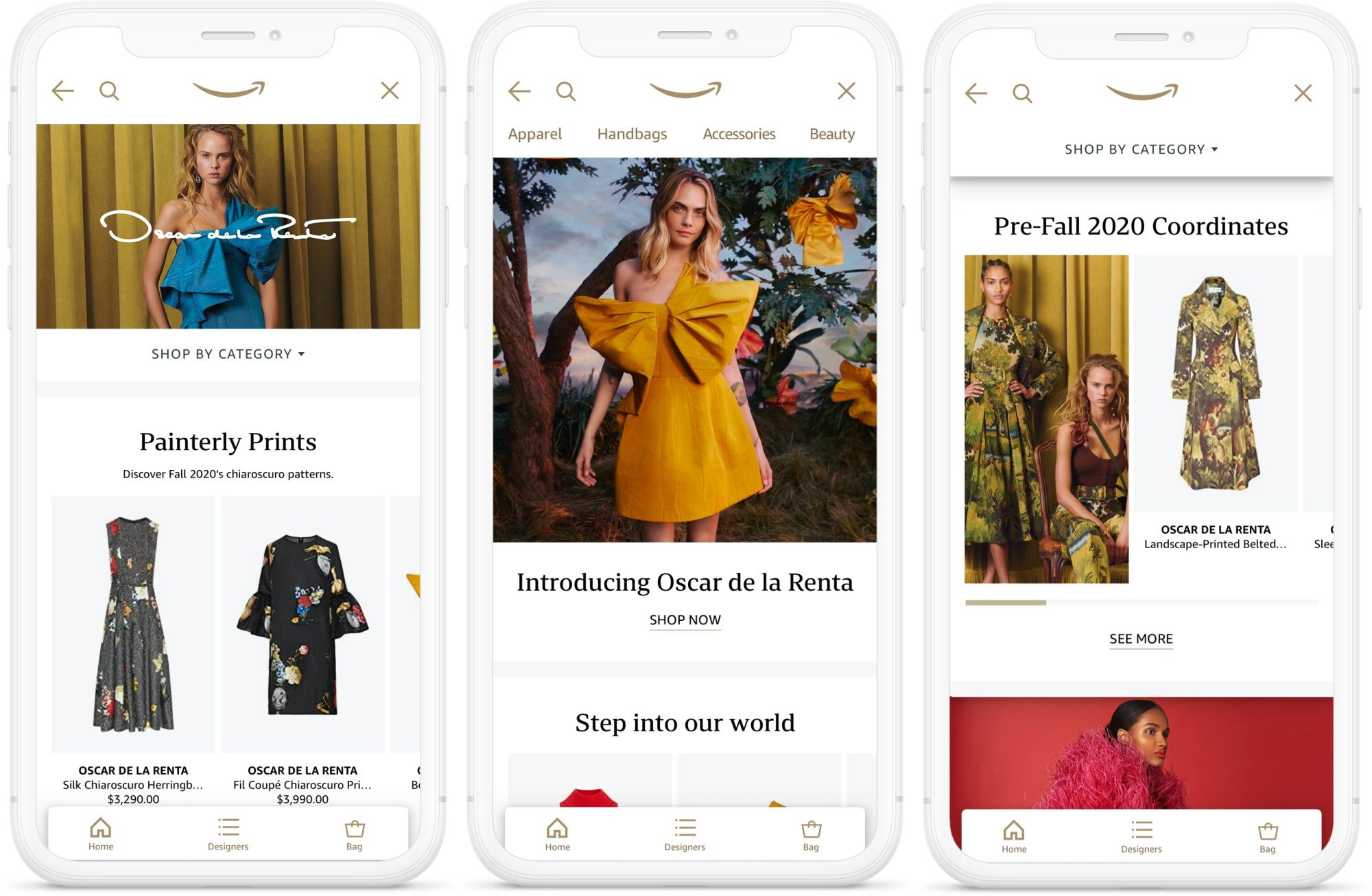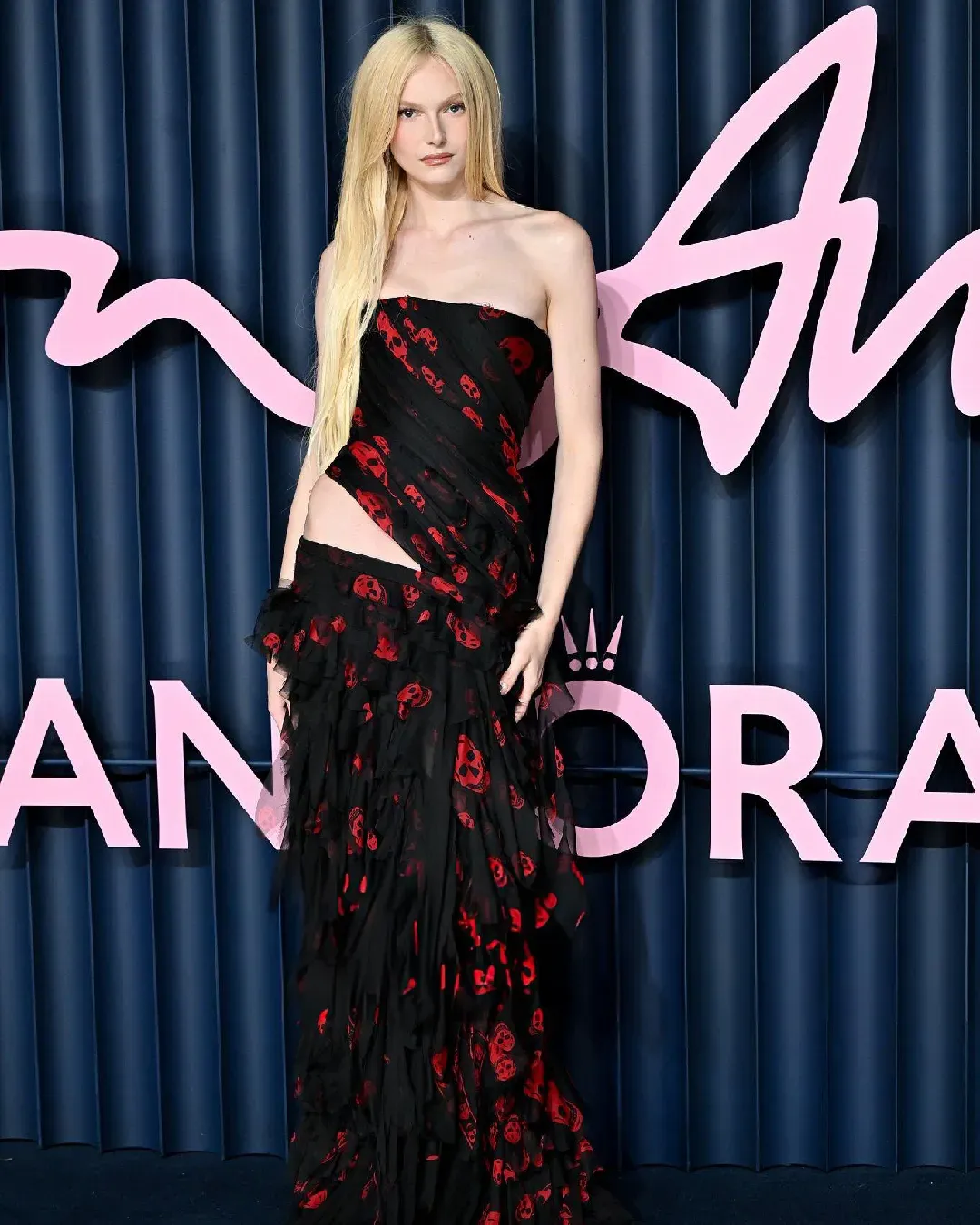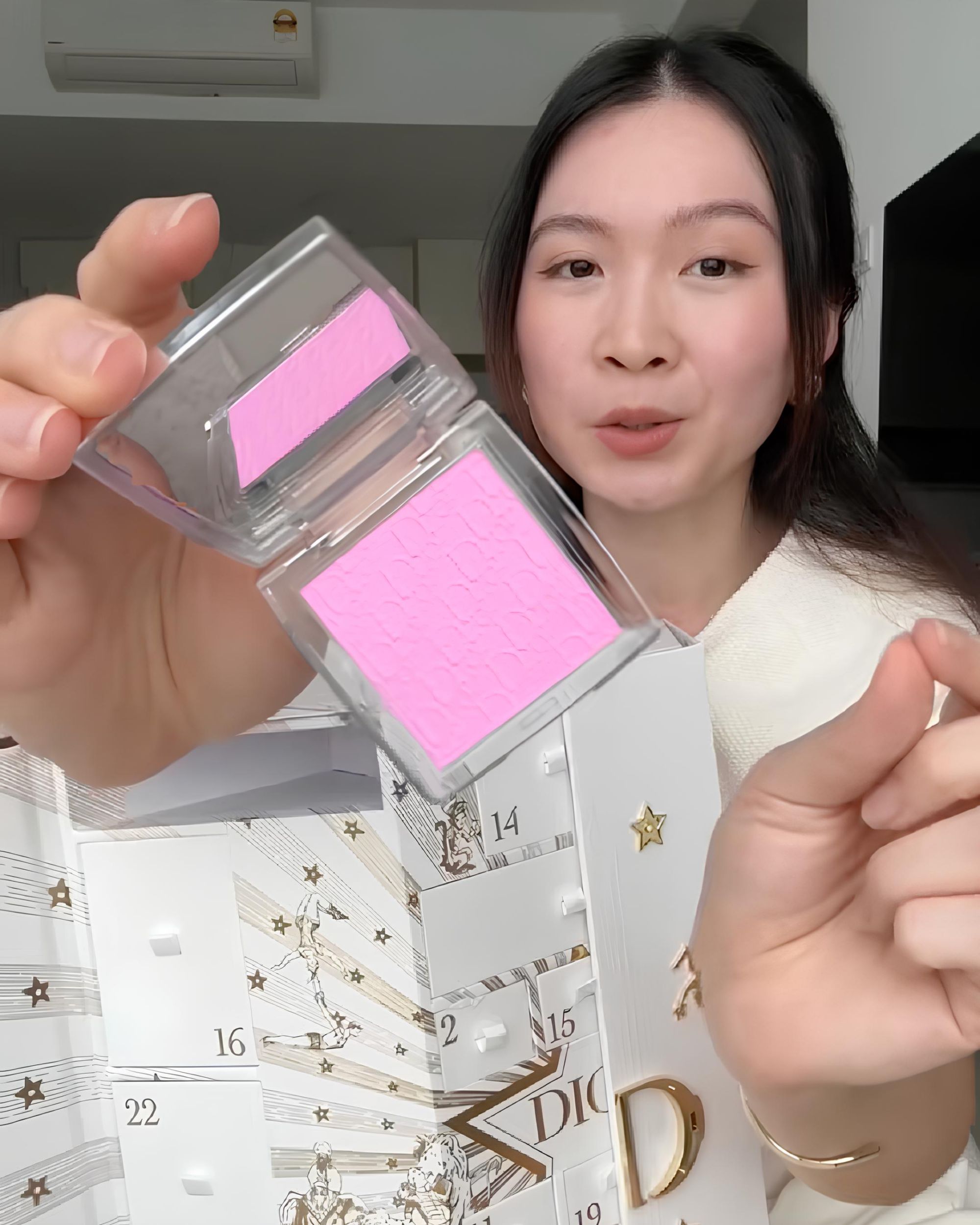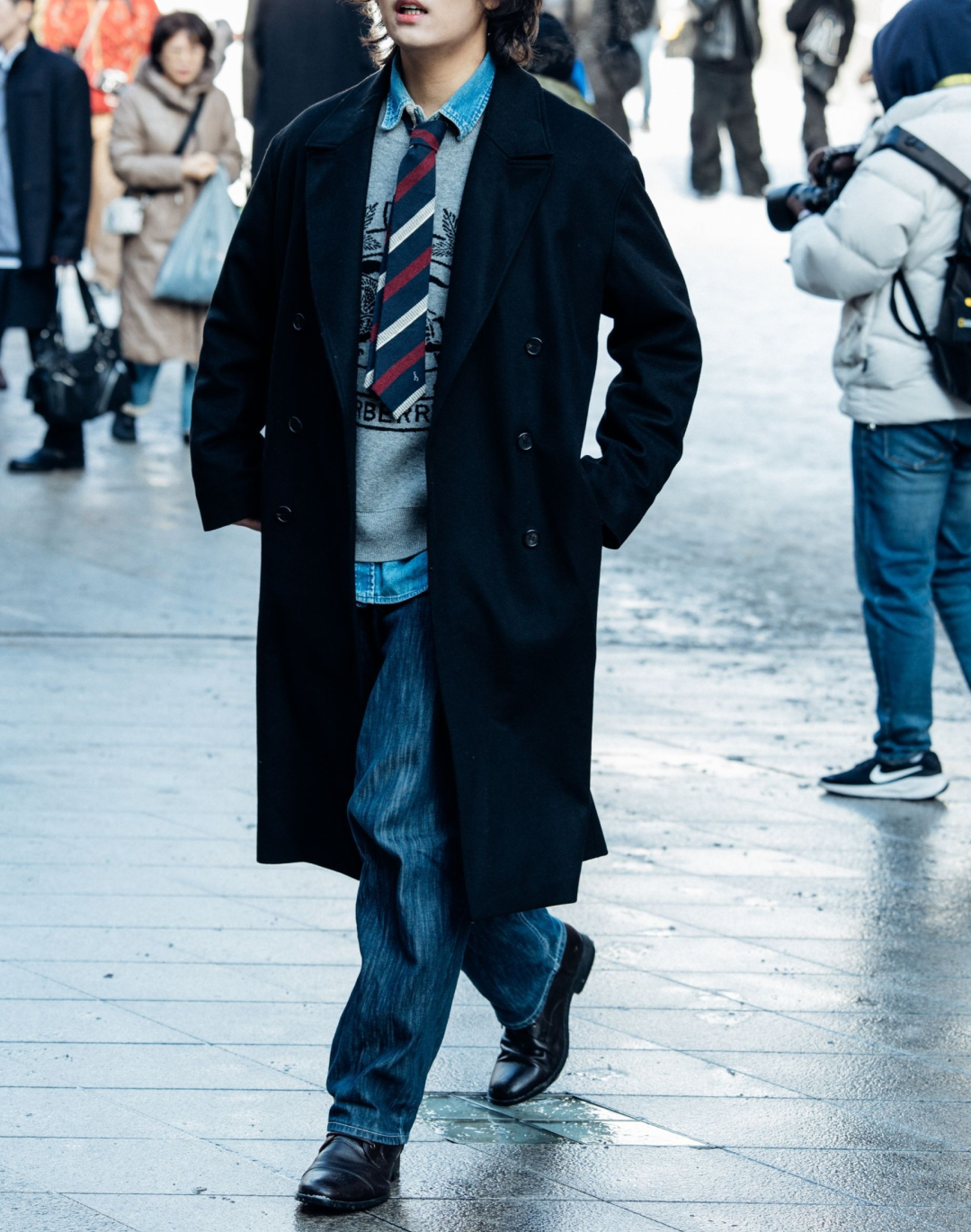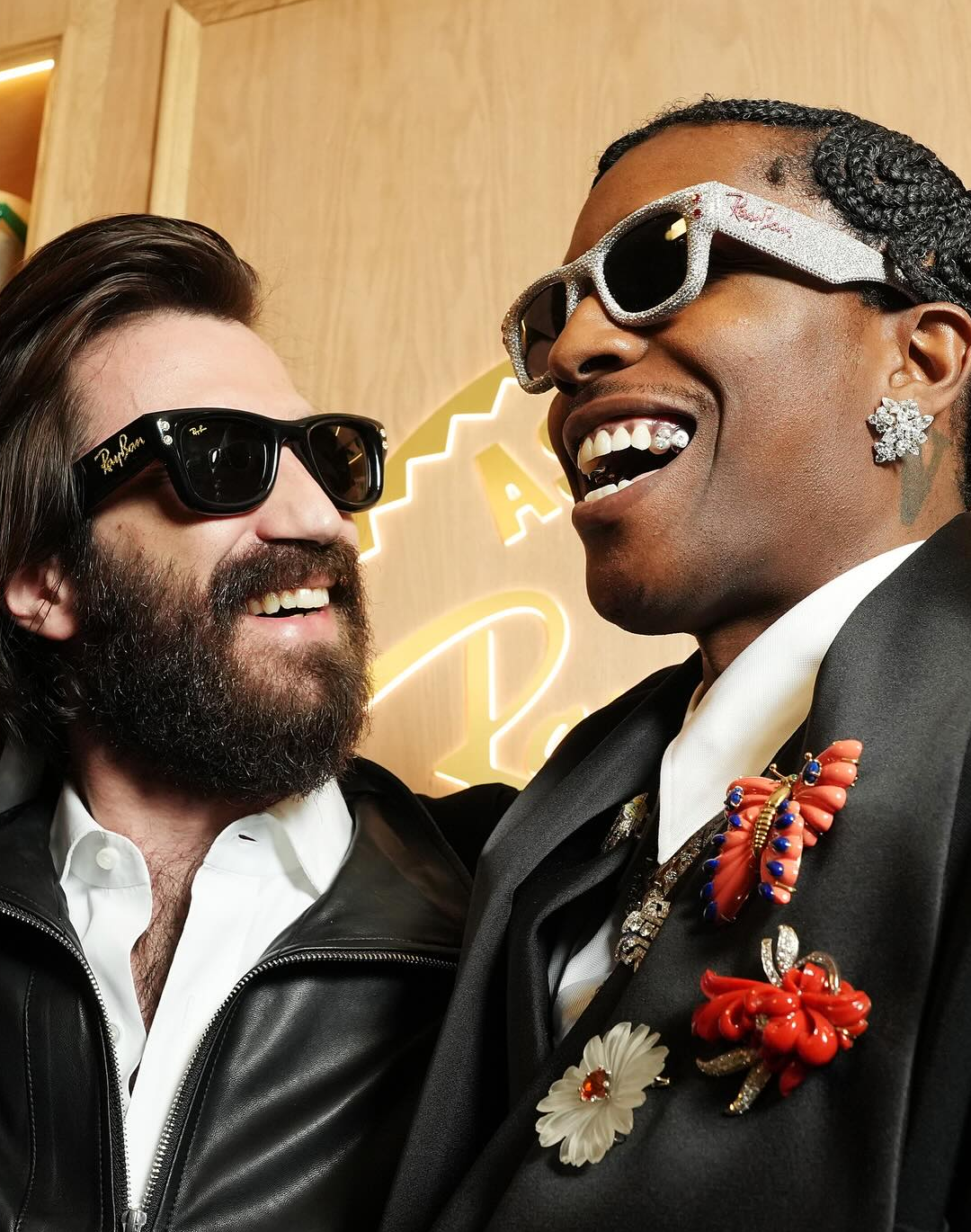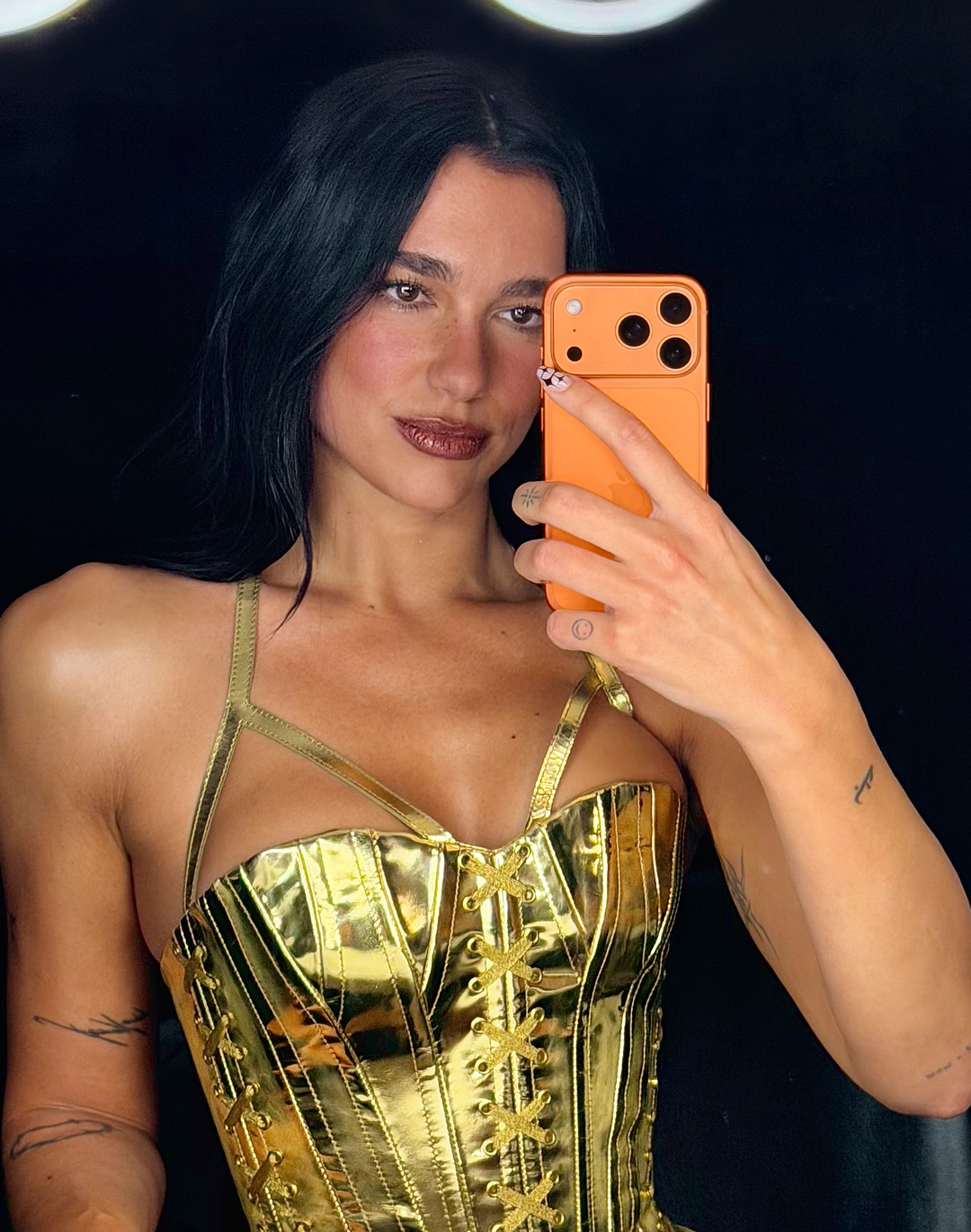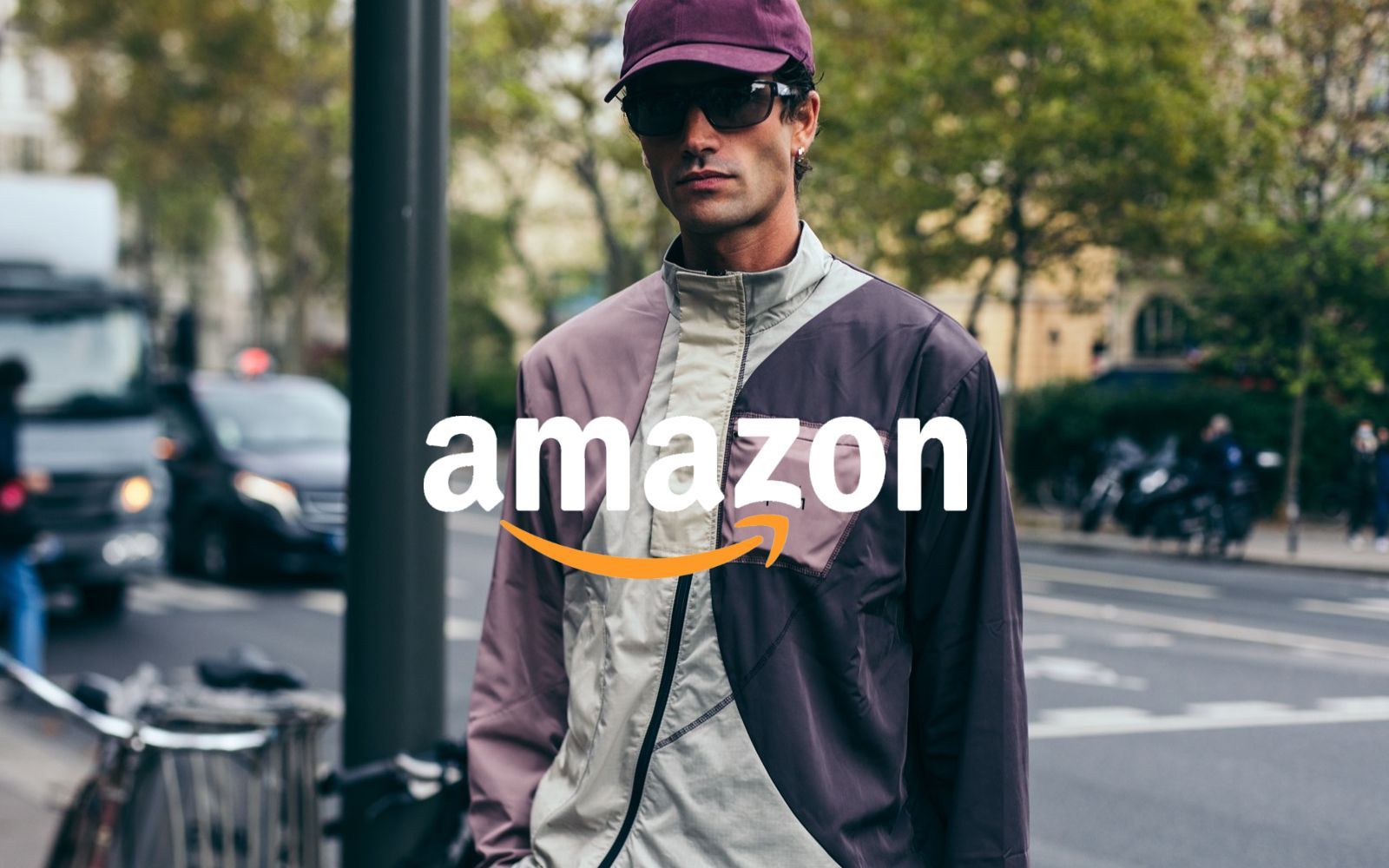
How Amazon plans to take over the luxury fashion market The 'Luxury Stores' platform is finally online, but only for selected Prime members
UPDATE 12.10: After months of teasing and announcements, the luxury platform that Amazon has been working on for some time is finally online. It's called Luxury Stores and is currently only available in the United States, where it was launched in partnership with Oscar de la Renta, while the number of brands in the section will be increased in the coming months.
The Luxury Stores are designed as real boutiques within the huge mass of offers available on Amazon, which reserves in this space a sort of digital showcase, in which to discover the product at 360 degrees thanks to new features. To maintain the sense of exclusivity that the project would like to promote, the platform will not be open to everyone, but will instead be accessible only to select Amazon Prime members to whom an invitation will be sent.
---
UPDATE 25.08.20: As reported by WWD, Amazon is about to launch its very own luxury brand platform. The products and accessories of about a dozen brands will be available for purchase starting from September, to coincide with the Fashion Weeks, temporarily only in the United States. The platform will look like a marketplace, something very similar to Farfetch, and the brands involved will be able to rely on Amazon's network and distribution centres. Brands will also have total control over their virtual stores and will be able to take advantage of Amazon's shipping and customer service. According to various sources, a huge warehouse is being built in Arizona, in order to house all the products that will be available on the platform, while a $100 million dollar campaign is in the pipeline, the same brands will then be involved in TV commercials, films and streaming projects.
Unlike the initiative set up with CFDA and Vogue, the brands involved in this project will be of a much higher profile and it will above all be a more structured and long-term project, not merely aimed at offering concrete help to small brands struggling due to the lockdown. This new marketplace is the latest and most important attempt by Jeff Bezos and his giant to enter the world of luxury fashion, an operation that has not yet fully succeeded.
---
28.05.20: In these past few weeks of lockdown, Amazon, the company valued at over $1 trillion, has thrived. The success of Jeff Bezos' company is unrivalled, but after having successfully crept into the world of entertainment, with the Prime Video platform, Bezos is now aiming for expansion in the fashion industry, particularly in luxury.
- After the opening of a luxury e-commerce website, in no way announced and advertised, Amazon is now unreservedly aiming to conquer the luxury fashion market.
- Together with Vogue America and CFDA, it has created a platform aimed at supporting American designers during the pandemic from COVID-19.
- Although the final result still appears imperfect, far from the standards of other luxury e-commerce services, Amazon focuses on the strength of its name and its services to conquer the public.
- Jeff Bezos' company would be in talks with the BFC to become the only sales platform for designers who will take part in the digital fashion week.
- The initiatives set up with Vogue and BFC could be the first step of a broader strategy.
Last February many found out about VRSNL, Amazon's luxury e-commerce site, where it is possible to buy Rick Owens, Bottega Veneta, and many other brands. Despite the many statements by Jeff Bezos and his company, who had repeatedly reiterated his intention to become increasingly strategic within the fashion industry, and especially in the world of luxury, the launch of the platform had not been advertised in any way let alone announced, so much so that the site does not even have an official Instagram profile to this day, but only a dedicated app. Furthermore, by browsing the site, e-commerce appears much closer to the aesthetics and layout of ASOS, than to those of other more reliable and well-known luxury retailers, such as Farfetch and Luisaviaroma, making many suppose that it is a beta site, a test to find out more about the market and customers.
What Amazon is aiming for with its latest partnership is the quantum leap. As the pandemic spread, marked by numerous reports of crisis and in some cases of bankruptcy of the major American luxury retailers, such as Neiman Marcus and just before Barney's, Vogue USA asked the designers who had taken part in the CFDA Fashion Fund how it would make itself useful. Many of these small and medium brands have complained of difficulties in the management of unsold goods or awaiting shipment, caused mainly by the closure of stores, and e-commerce in general, for many of them very complicated to carry on in a situation like this. In record time, Common Threads: Vogue x Amazon Fashion was born: Amazon offers the brands their platform and expertise, in exchange for a small commission. Vogue, however, wanted to emphasize that Amazon's primary objective is to support designers, so much so that Amazon Fashion has made a donation of $500 thousand dollars in favour of A Common Thread, the magazine and the CFDA initiative.
At the moment the service is only available on the American version of the website and, in addition to being able to take a look at the generic section of Editor's Picks, one can buy the creations of Derek Lam, Phillip Lim, Tabitha Simmons and others. Although the products appear immediately distant and different from the aesthetics and above all from the typical prices of Amazon items, this difference, functional to ensure Amazon its acknowledgement as a luxury retailer, it is in no way emphasized or underlined. Common Threads looks like the umpteenth page to open on Amazon, where product photos are often limited and in low quality, where it is not possible to zoom in on details or receive more information on the pieces, all highly appreciated and necessary features on luxury e-commerce websites. And this is precisely the point: Amazon is the largest online aggregator of products, a virtual department store where you can find a potentially limitless quantity of goods, products and proposals, which is the exact opposite of what luxury is by definition - exclusivity, selection, scarcity. In general, that narrative, the romanticization of the product, the storytelling, which at times can seem empty and an end in itself, is an intrinsic element of the luxury market, is missing. What Amazon is aiming for, and on which is betting, are its strong points, such as practicality, proximity, comfort and convenience: if I'm already buying my books, my furniture, my appliances on Amazon, why shouldn't I also buy my clothes there, even better if luxury?
Following the criticism from LVMH and Nike's decision to withdraw its products from the Bezos site last November, the implementation of a partnership with Anna Wintour and Vogue is dictated by the desire to gain credibility in an industry that has always opposed Amazon, and that continues to do so.
The project created together with Vogue could also be part of a broader strategy, which came out from this situation: in a historical moment where the fashion industry is trying to digitize itself in every possible way, and as quickly as possible, Amazon wants to become the platform par excellence to do so, putting itself in direct competition with other tech giants who have the same intention, first of all, Instagram. In view of the London Digital Fashion Week, scheduled for June, Amazon would already be in talks with the British Fashion Council to become the only sales platform for British designers who will take part in the event, a plan similar to that carried out with the reality show Making The Cut, Prime Video's own program.
Right now Amazon could turn out to be the only possible alternative for many small brands, which are no longer able to bear the running costs of their own site and warehouse. The Bezos-based company, valued at over $1 trillion dollars, is carrying out a great diversification plan, which goes from entertainment to food, obviously passing through fashion. Given the characteristics of the system itself, it is very difficult that luxury will surrender to total digitization, the online translation of the industry appears to be dictated by temporary needs, and it is precisely for this reason that Amazon could prove to be a valid alternative at the moment, but to thrive in the long term, it must put in place a more structural and radical strategy.










































